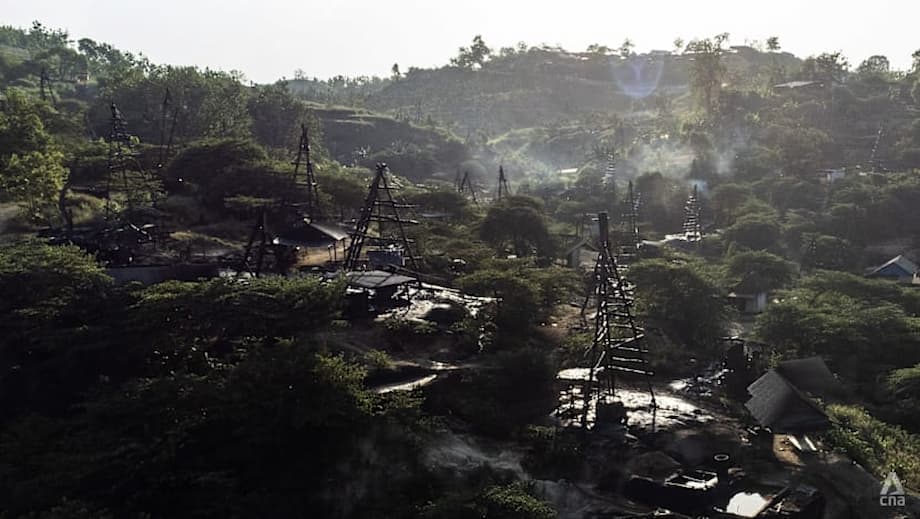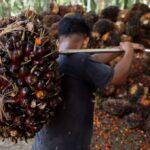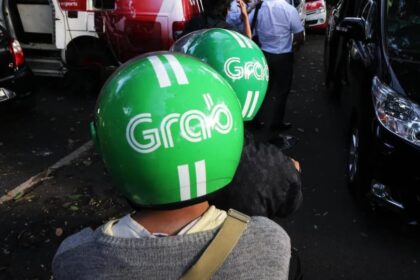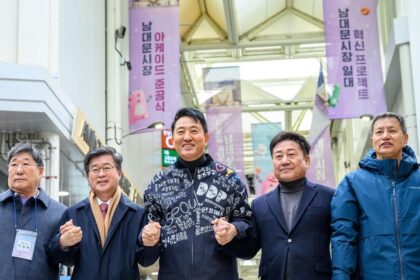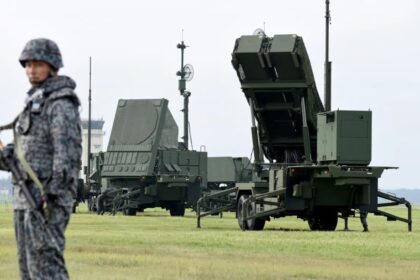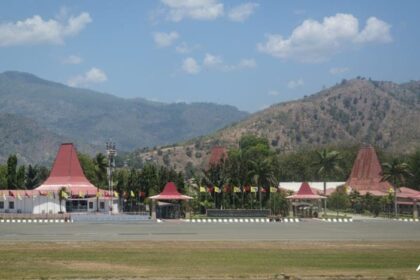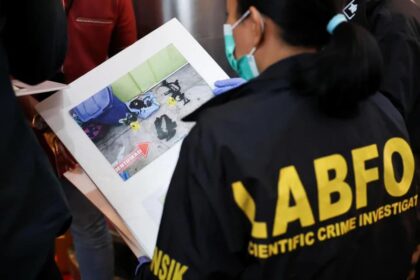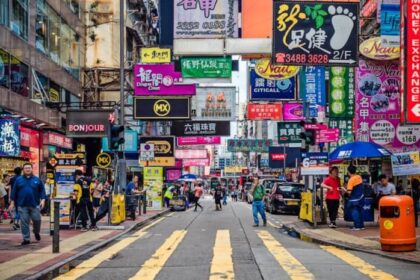Why artisanal oil in Indonesia is back in the spotlight
Across Indonesia, thousands of village crews operate small oil wells with ropes, pulleys, and improvised engines. Places like Wonocolo in East Java are known for wooden derricks and pools of viscous crude that reflect how deeply oil extraction is woven into local life. These community run wells have existed for generations. They help families pay school fees and put food on the table, yet they also bring heavy risks. Fires and blowouts are frequent. Streams run oily in some districts. For decades, the state tolerated this gray zone because it provided jobs and crude for local traders. That calculus is changing.
- Why artisanal oil in Indonesia is back in the spotlight
- What the new regulation changes
- Safety first, after decades of risky extraction
- Environmental risks and how they might be managed
- Economics for villages and the state
- Can authorities enforce standards across 30,000 wells
- What communities say and the road to compliance
- How this policy fits into Indonesia’s wider energy strategy
- What to watch next
- At a Glance
In June, the government issued a new rule that gives existing community wells a legal path to operate, but only if they meet defined safety and environmental standards within four years. Officials frame the policy as a way to protect lives, clean up operations, and channel production into the formal economy. The regulation targets wells originally drilled by companies and later left idle. It does not open the door for new wildcat activity. Those who comply will be able to keep working under supervision. Those who do not will face shutdowns.
What the new regulation changes
The Ministry of Energy and Mineral Resources set the framework in Ministerial Regulation No. 14 of 2025 on cooperation in managing oil and gas working areas for production enhancement. The rule is aimed at bringing community wells into a legal system with clear oversight. During a four year transition, existing wells can continue to operate while they upgrade practices to match the technical standards the ministry is finalizing. The focus is on good engineering practices, safer well operations, and reduced pollution.
Management must shift from informal crews to recognized entities. Wells will be run through regional owned enterprises, cooperatives, or micro, small, and medium enterprises (MSMEs). Communities are encouraged to form cooperatives or MSMEs with local shareholders, so that profits remain in the district. Governors will designate a single managing entity for each region, which will then partner with a production sharing contract (PSC) contractor for oversight and technical guidance. A joint verification team that includes local governments, regulators, and contractors will inventory wells to determine which qualify for this scheme.
The state is also redirecting where the crude goes. Oil produced under this program must be sold to PSC contractors, with pricing tied to the Indonesian Crude Price (ICP). Officials have outlined a revenue split in which 80 percent of the ICP value is paid to the community entity and 20 percent goes to the contractor for processing and operational support. This is meant to improve bargaining power for villagers, reduce losses to middlemen, and make sales traceable.
There is a firm red line regarding new drilling. Only wells drilled before June 2025 and later abandoned by companies are eligible for the community scheme. New holes will not be recognized. Authorities have begun closing unregistered sites, particularly where wells are too close to homes, schools, or public roads. Enforcement will continue during the transition, and noncompliant wells can be shut after the four year window expires.
Who qualifies to manage wells
Not every cooperative or small business will be allowed to run oil wells. Officials have said participants must be credible, able to demonstrate sound governance, and sufficiently capitalized to maintain safe operations. Guidance from the ministry indicates that cooperatives or SMEs will need access to several billion rupiah to cover equipment, training, site safety, spill response, and documentation. The goal is to prevent fly by night operators from taking control of hazardous assets and to build a base of entities that can meet technical standards and keep people safe.
Safety first, after decades of risky extraction
Indonesia’s community oil fields tell a story of ingenuity and necessity, but also loss of life. In 2018, a blast in Aceh killed 28 people. Fires have broken out repeatedly in Java and Sumatra. In Central Java’s Blora region this year, a blaze at an illegal site burned for days, killed at least three people according to local officials, and forced hundreds to evacuate. Residents reported an explosion before flames rose into the night sky. Fire crews struggled in steep terrain to reach the well. These patterns are common when wells are drilled or reentered without proper design, when gas accumulates, or when crude escapes and meets an ignition source.
Good engineering practices are intended to reduce those risks. The ministry’s technical guidelines are still being finalized, but a standard package for safer wells is well known in the industry. It begins with well integrity. That includes proper casing and cementing to isolate oil bearing zones from groundwater, periodic integrity testing, and clear records of past interventions. Crews need blowout preventers or other pressure control devices, and they need to understand how to operate them under stress. Sites must be set up to manage flammable gas, with venting or flaring equipment where needed and gas detection alarms that warn workers early.
Basic fire safety and disciplined work processes are just as important. That means exclusion zones around active rig floors, ignition source control, grounded electrical systems, clear evacuation routes, and ready access to foam and extinguishers. Crews require training on hot work permits, lockout procedures, and how to handle petroleum spills. Storage tanks should be placed inside containment berms. A simple weekly checklist, if followed, can prevent small mistakes from becoming fatal events.
The new regulation leans on PSC contractors to mentor community operators in these areas. Contractors have safety management systems, documented procedures, and access to engineers who can evaluate well conditions. The success of the mentorship model will depend on sustained on site coaching, not only classroom sessions, and on regular audits that check whether practices are being applied when supervisors are not present.
Environmental risks and how they might be managed
Beyond the danger to workers, small scale oil extraction can harm land and water. Spills seep into soil. Produced water, which can be salty and contain trace hydrocarbons, sometimes flows into streams. Informal sites often leave oily residues on the ground that wash into ditches during rain. In some districts the smell of petroleum hangs in the air. Regulators want to change this picture with preventive measures at the well site and better monitoring of groundwater and surface water.
The basics start with containment. Tanks and transfer points should sit in lined, bunded areas that can hold the contents of the largest tank. Drip trays, absorbent mats, and proper hose connections reduce small leaks. Sites need plans for collecting and treating produced water, with evidence of where it goes. A logbook of volumes, spills, and maintenance creates accountability. Even modest upgrades, like concrete pads under pumps and valves, make cleanup easier and reduce the footprint of spills.
Protecting groundwater
Groundwater is a lifeline for rural communities, so regulators expect operators to prevent contamination and to prove that wells do not harm aquifers. One model drawn from industrial operations is to pair well integrity surveillance with independent water sampling. In the Duri oil field in Riau, an operator established a program that used shallow monitoring wells around injection sites, combined with chemical and stable isotope analysis, to confirm that deep injected fluids were not mixing with drinking water aquifers. Stable isotope measurements of hydrogen and oxygen helped distinguish rain derived groundwater from deeper formation waters, providing assurance that barriers were holding.
That level of monitoring is sophisticated and may be expensive for small operators. Even so, scaled down versions are possible. Districts can install a few sentinel monitoring wells near clusters of community wells. Routine measurements of basic parameters such as conductivity, chloride, and hydrocarbons can act as early warnings. If anomalies appear, authorities can investigate before contamination spreads. Over time, the ministry’s technical guidelines can specify which tests are required in high risk areas and how results flow into a shared database.
Economics for villages and the state
Community wells are more than a safety problem to be solved. In several oil districts, particularly in parts of Java and Sumatra, a sizable share of households depend on income from small wells. Some studies suggest that in certain villages as many as one in five residents rely on oil work or related trades for part of their livelihood. Formalizing that economy is a main purpose of the new policy. By forcing sales through recognized channels and tying prices to the Indonesian Crude Price, the state hopes to stabilize incomes and reduce theft and clandestine deals.
Officials see a chance to lift national output too. Indonesia currently produces around 580,000 to 600,000 barrels per day, down from much higher levels in past decades as fields mature. The government still targets one million barrels per day by around 2029 to 2030. Community wells will not deliver that target, but they can help. Estimates suggest they could contribute at least 10,000 barrels per day if properly managed. Since 2008, roughly 1,400 old wells have already been brought into legal operations, producing about 1,600 barrels per day. The new regulation aims to accelerate that trend by creating a consistent framework and clarifying the roles of contractors and local entities.
Integration with state energy companies is central. Crude from community wells will flow to PSC contractors, and in many cases to Pertamina for processing and distribution. This helps reduce imports at the margin and brings village production into national accounting. The 80 to 20 revenue split at ICP values gives community entities a clear formula for earnings and can improve access to credit, because banks can model revenue with more confidence. At the same time, the rule bans the creation of new community wells, which should slow the spread of unsafe sites and shift activity toward improving existing ones.
There are costs that communities must meet to qualify. Cooperatives and SMEs are expected to show they can finance safety upgrades and basic environmental controls. Officials have indicated that cooperatives without adequate capital, such as small village stores, will not be eligible. This approach has raised concerns among small operators who fear they will be left behind, yet the state argues that oil extraction is technically demanding and requires entities that can maintain standards over time.
Can authorities enforce standards across 30,000 wells
Indonesia’s ambition is to replace a patchwork of informal operations with a transparent system that tracks who is drilling, where oil is going, and how safely wells are being run. The scale makes that hard. Estimates point to around 30,000 community wells spread across Java, Sumatra, Kalimantan, and other regions. Many are deep in plantations or forests, far from paved roads. Crews come and go. Records are thin. Cataloguing every site will take time and travel budgets, and some wells will be difficult to reach during the rainy season.
To bridge that gap, the regulation sets up joint verification teams and assigns governors to appoint one managing entity for each region. PSC contractors are expected to mentor and monitor. Success will depend on how quickly the ministry finishes its technical guidelines and how much manpower local governments dedicate to field inspections. It will also require alignment with the police and prosecutors to deter new illegal drilling and to respond quickly to accidents.
There is at least one positive precedent. The old well program, which since 2008 has integrated about 1,400 wells into legal operations, shows that formalization is possible. Yet those wells represent a small fraction of the total. Consistency, training, and steady funding are needed to scale up. Regular public reporting on accidents, enforcement actions, and production would help build trust that the new system is more than a paper exercise.
What communities say and the road to compliance
Reaction in oil villages is mixed. Many operators welcome legal certainty. A cooperative with a formal contract can hire workers openly, invest in safer gear, and secure better prices. Miners who have worked around fumes for years want basic protections. Others worry the bar is too high. A four year window sounds generous, but acquiring pressure control equipment, establishing spill containment, documenting well histories, and training crews all take money. A number of small crews lack the capital or the paperwork to form qualified cooperatives or SMEs.
Some operators have begun digging new holes in hopes they will be recognized later. The regulation is clear that wells drilled after the cut off date do not qualify, and police have started to seal new sites, particularly near villages and schools. The ministry has said it will provide technical guidelines and capacity building, including training delivered with the help of PSC contractors. The sooner those programs reach the field, the more likely it is that crews will change daily habits. Simple steps, such as standard operating procedures for lifting and pumping, can add up to big gains when applied consistently.
There is also a governance test for cooperatives. Community businesses must ensure fair representation, transparent accounting, and clear safety responsibilities. A cooperative that earns 80 percent of ICP has a strong incentive to keep operating. That can be positive for jobs and local services if boards respect safety stop rules and reinvest in training and maintenance. If not, corners may be cut. District officials and contractors who mentor cooperatives will need to review incident trends and intervene when risks rise.
How this policy fits into Indonesia’s wider energy strategy
Indonesia’s upstream sector has long faced declining production as fields age. The one million barrel per day target reflects a desire to reduce import dependence and to capture more value from domestic resources. Community wells are a small but symbolic piece of that effort, joining a wider push to revive mature fields and apply technology to aging assets. At the same time, the country is working to expand cleaner power. New geothermal projects have been announced in several provinces, backed by Indonesian and regional investors, as part of a broader plan to harness one of the world’s largest geothermal endowments.
The direction of policy makes clear that the state wants both safety and higher legal output. The community well regulation tries to strike a balance between livelihoods and risk. The result will depend on how well the standards are defined, how practical they are for rural operators, and whether enforcement treats safety as a non negotiable requirement. It also depends on coordination with environmental policy, since incidents at small wells can undercut progress on water quality and community health.
What to watch next
The first milestone is the government’s inventory of existing community wells. Verification teams must map sites, record well histories, and decide eligibility. The ministry is expected to publish technical guidelines that spell out the details of good engineering practices for community scale operations. Those guidelines will inform training and procurement plans for cooperatives and SMEs. On the economic side, officials will finalize mechanisms for sales to PSC contractors and, in many cases, integration with Pertamina’s supply chain.
Enforcement will be a second test. New illegal wells are outside the scheme and face closure. Wells that do not make progress over the next four years can be shut. Regular audits, accident investigations, and public updates on safety performance will shape how communities perceive the fairness of the program. Community leaders, religious figures, and district officials can also help. Their support can encourage crews to comply and discourage risky shortcuts that in the past have led to tragedy.
At a Glance
- New rule, Ministerial Regulation No. 14 of 2025, gives existing community wells four years to meet safety and environmental standards
- Only old wells originally drilled by companies and later abandoned qualify, new wells are excluded and face enforcement
- Wells must be managed by regional owned enterprises, cooperatives, or MSMEs, with governors appointing a managing entity per region
- Oil must be sold to PSC contractors at Indonesian Crude Price benchmarks, with an 80 percent share to community entities and 20 percent to contractors
- Joint verification teams will inventory wells, while PSC contractors mentor operators on good engineering practices
- Officials estimate community wells could add at least 10,000 barrels per day, supporting a national target of one million barrels per day by 2029 to 2030
- Safety remains a serious concern after deadly fires and explosions, including a 2018 disaster in Aceh and a 2025 fire in Central Java
- Environmental controls such as containment, proper produced water handling, and groundwater monitoring are expected under the new standards
- Cooperatives and SMEs must show adequate capital and governance to qualify, with noncompliant wells subject to shutdown after four years


